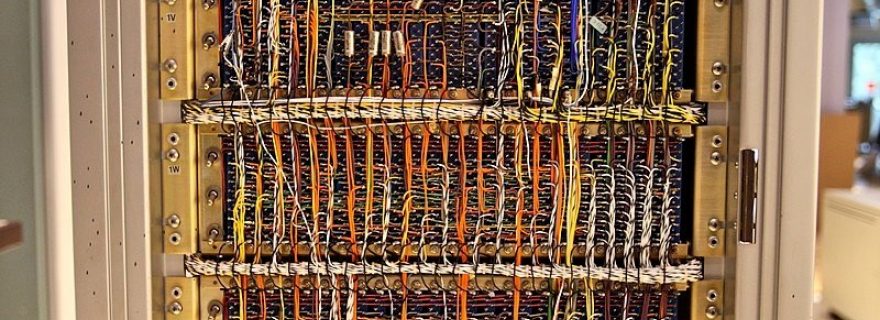Intelligence and Analytic Black Holes: a data-oriented perspective
In intelligence, data often remain unused. We need a new analytic revolution in which human and machine analysis are paired in their analytic effort – the so-called Augmented Intelligence.
In most intelligence research, issues are addressed from a problem-solving perspective. Answers are sought for specific problems, as early warning or policy planning, or intelligence seeks to overcome problems in the sense of complexity, such as puzzles, mysteries and wicked problems. The issue of data overload is addressed only secondarily, as a part of such problem-oriented approaches.
What would happen if we take the opposite approach – the perspective of the data, instead of the problem? What data are available? How could we use more data and what additional insights would that lead to? This data-oriented perspective is necessary, because there are threats that we could and should address but are now overlooked.
The issue of data leads to three basic questions:
1. What do we do and what do we not do with data, and how much data do we leave unused?
2. How could we fill the gap?
3. What extra capabilities could this new approach give us?
Analytic Black Holes
The need to focus on the issue of data is a result of two developments, the change in data flows and the need for new products. Data are exploding, especially unstructured data. But they remain largely unused because human analysts cannot process so much data. Our current way of working needs to change, especially in the research design and assessment phases,. We need innovations on issues like machine research design, automated hypotheses generation, and automated warning problem generation - in short, on issues that are now mainly carried out by humans. The opportunity for data-focused intelligence practice lies mainly in filling gaps in our analytic potential – Analytic Black Holes.
Hybrid threats and the Grey Zone
Furthermore, hybrid warfare and real-time intelligence for new weapons systems and operations demand a new approach towards analysis. This gap needs to be filled, among others, by data science cells that can process data automatically.
This new analytical approach is especially useful in dealing with hybrid and cyber threats, especially in the so-called Grey Zone. The Grey Zone can be defined as those covert or illegal activities of non-traditional statecraft that are below the threshold of armed organized violence; including disruption of order, political subversion of government or non-governmental organizations, psychological operations, abuse of legal processes, and financial corruption as part of an integrated design to achieve strategic advantage. If more data could be exploited, this Grey Zone would be reduced in two ways. Firstly, we can lower the detection threshold, so fewer activities remain undisclosed. Secondly, we can reduce the response time, so we can act sooner than before. Greater data processing will boost our ability to cope with the hybrid threat.
Augmented Intelligence
At the same time, Human Analysis is likely to develop to limit the amount of data considered and examine only data with a high causal significance. Nonetheless, even here new, innovative, data-oriented methods have potential. Behavioral influencing and dynamics, for example, will open a new field of data, because they do not deal with a problem as a starting point, but a desired state. This is a data-oriented approach which calls for reflection on our conceptual thinking in research design. Furthermore, Augmented Intelligence will be a merger of both human and machine analysis, where humans and machines are paired in their analytic effort. It can identify and fill analytic black holes, and thereby enhance security and increase military effectiveness.
Giliam de Valk is an Assistant Professor at the ISGA, Leiden University. He lectures and publishes on intelligence, methodology and related issues. The blog is related to a conference (originally planned for March 2020, but rescheduled to September 2020, because of Covid-19) in Zagreb on security, hybrid threats, and the critical infrastructure. An article is expected to appear in the winter of 2020-2021 in the Zagreb-based periodical National Security and the Future, in which the author has published before.


